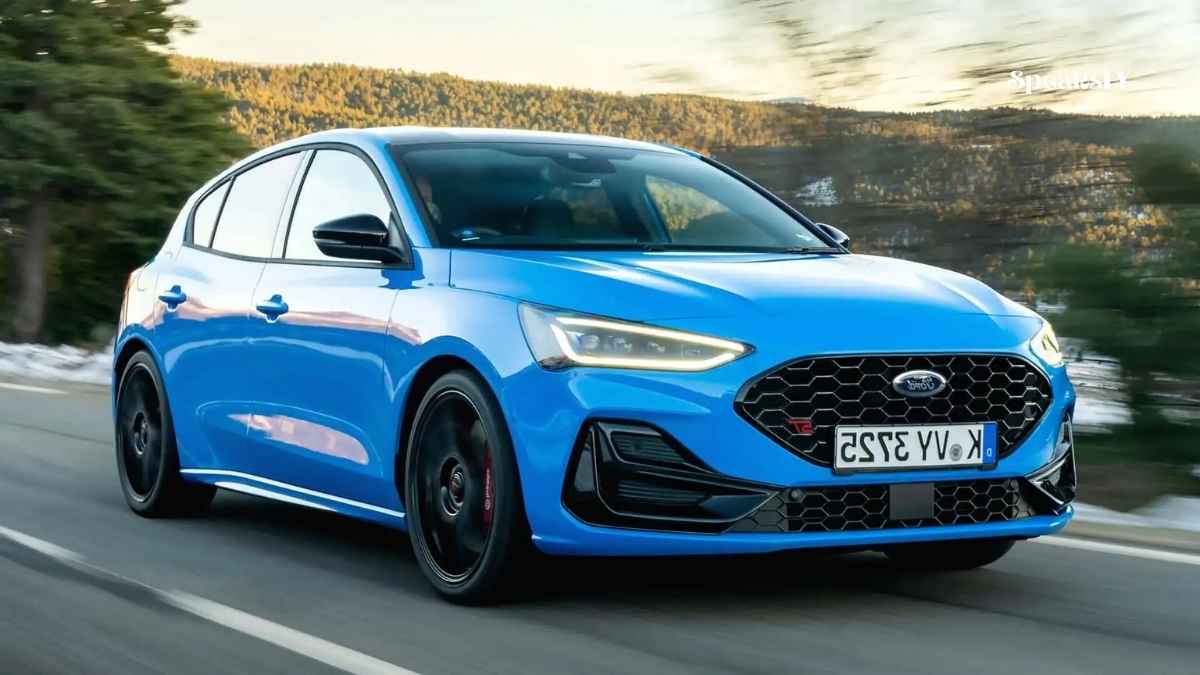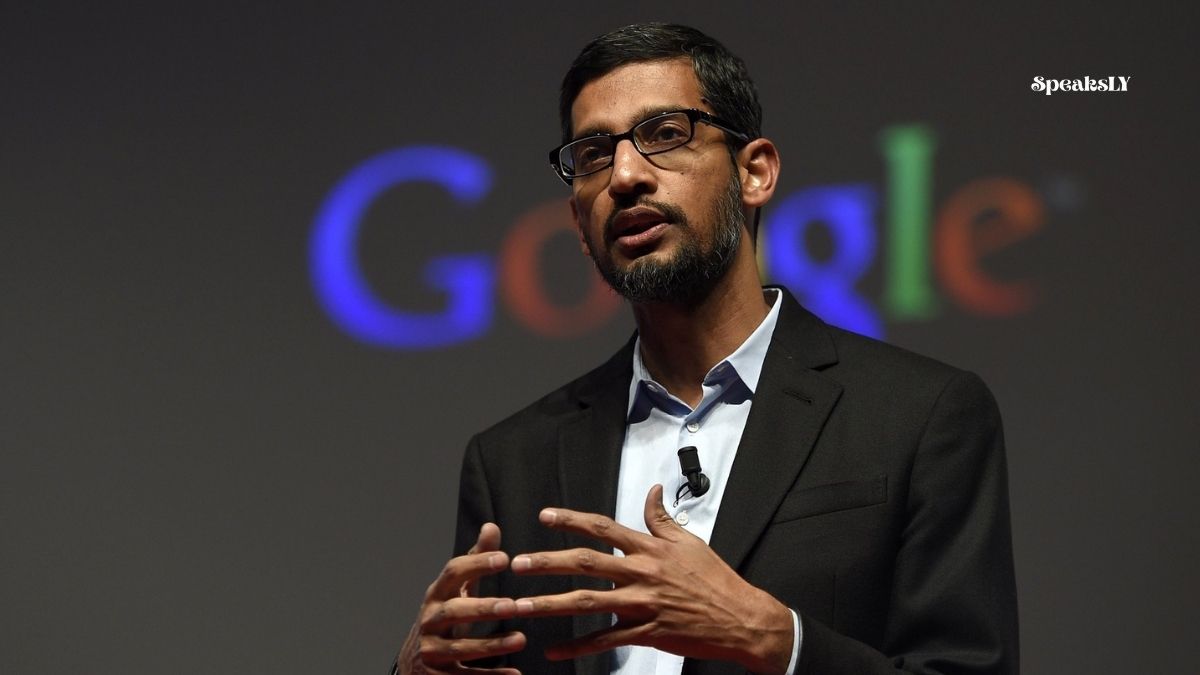Blue Owl Capital Corporation and Blue Owl Capital Corporation II have officially terminated their previously proposed merger, citing ongoing market volatility and management’s recommendation to protect shareholder interests. The companies announced the decision Wednesday, saying they plan to revisit strategic alternatives in the future.
Craig W. Packer, CEO of both entities, said the merger still carries long-term strategic value but current market conditions make it unsuitable for execution. “While we continue to believe that combining OBDC and OBDC II could create meaningful long-term value for shareholders, we are no longer pursuing the merger at this point,” he said.
Shares of Blue Owl Capital Corporation (OBDC) recently traded around $11.75, sitting close to their 52-week low of $11.65 and down more than 15% year-to-date, according to market analytics. Despite the pressure, Blue Owl maintains a strong financial health rating from analysts.
As part of the updated strategy, OBDC II plans to reinstate its tender program in Q1 2026, subject to Board approval. Since its launch in 2017, the fund has delivered a nearly 80% cumulative net return and a 9.3% annualized net return, outperforming major high-yield and syndicated loan benchmarks. Its loss rate remains exceptionally low at 23 basis points, with non-accrual levels below 2%.
Meanwhile, OBDC will continue operating its $200 million share repurchase program, which was introduced alongside the merger announcement.
Both corporations remain focused on lending to U.S. middle-market companies. As of September 30, 2025, OBDC manages investments across 238 portfolio companies valued at $17.1 billion, while OBDC II oversees 190 companies with a fair value of $1.7 billion. Both are externally managed by Blue Owl Credit Advisors LLC, an affiliate of Blue Owl Capital Inc. (NYSE: OWL).
Despite the merger cancellation, analysts remain optimistic about Blue Owl’s long-term outlook. Clear Street recently initiated coverage with a Buy rating and a $15 price target, citing the firm’s strong scale advantages in upper-middle-market credit. JMP Securities reiterated its Market Outperform rating with a $17 target, noting that Blue Owl continues to trade at a discount to its net asset value.
Although the merger is paused, the Boards of both companies emphasized their commitment to evaluating strategic opportunities that enhance shareholder value. With solid fundamentals and strong historical performance, Blue Owl enters 2026 prepared to pursue new paths for growth.
FAQs
1. Why did Blue Owl cancel the merger between OBDC and OBDC II?
They called it off because of ongoing market volatility and tough conditions right now. The CEO (Craig Packer) still thinks combining the two funds would create solid long-term value, but the timing just isn’t right basically, they’re protecting shareholders from doing the deal when OBDC’s stock is trading way below NAV (net asset value), which would’ve meant big paper losses for OBDC II investors.
2. Is the merger dead forever?
No, not at all. They said they’ll reevaluate strategic options (including possibly merging again) sometime in the future, probably starting in 2026 when things calm down.
3. What happens to OBDC II investors now that the merger is off?
Good news for them – OBDC II plans to bring back its tender offer program in Q1 2026 (pending board approval), so people can redeem shares and get liquidity again. The original merger had basically frozen redemptions until the deal closed, which caused a lot of drama.
4. What’s going on with OBDC’s share buyback?
The $200 million repurchase program they announced with the merger is still fully on. They’ll keep buying back shares to support the stock price, especially since it’s trading near its 52-week low (around $11.75 lately, down 15%+ YTD).
5. How healthy are these funds fundamentally?
Pretty strong, actually. OBDC II has delivered ~80% cumulative net returns since 2017 (~9.3% annualized), with a super-low loss rate (0.23%) and non-accruals under 2%. Both are focused on middle-market lending, managed by the same team, and analysts say the portfolios are rock-solid despite the stock price pain.
6. What’s the difference between OBDC and OBDC II?
OBDC is the big publicly traded one (NYSE: OBDC) with $17.1 billion in investments across 238 companies. OBDC II is smaller and non-traded (~$1.7 billion across 190 companies). Both do the same thing lend to U.S. middle-market businesses – and are run by Blue Owl Credit Advisors (part of Blue Owl Capital Inc., ticker OWL).
7. Are analysts still positive on Blue Owl / OBDC?
Yeah, most are. Places like Clear Street just started coverage with a Buy and $15 target, JMP has Market Outperform at $17, and a bunch of others see it trading at a discount to NAV with good long-term upside. The fundamentals haven’t changed – it’s more about market noise.
8. Should I be worried if I own OBDC shares?
Short-term, the stock’s been beat up from all this merger drama and broader volatility, but the company insists the underlying business is fine. Long-term, analysts think it’s undervalued and the buyback + strong credit performance could help it recover once the dust settles.









